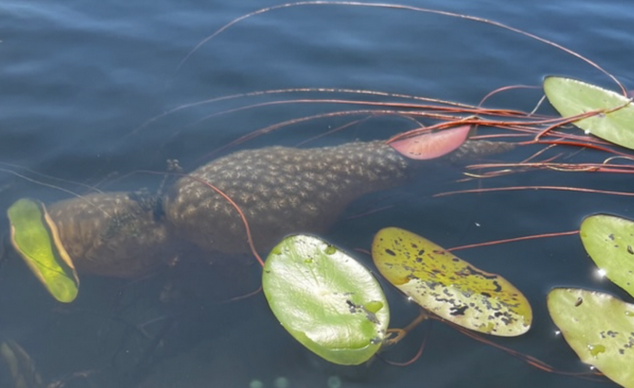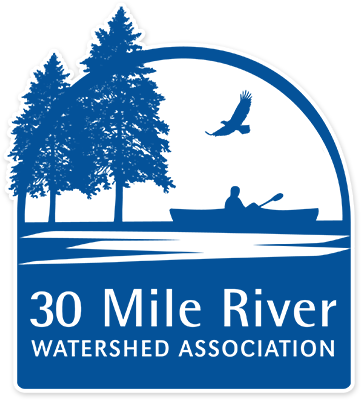An alien brain? Space egg? It’s a Bryozoan!
Freshwater Bryozoan (class Phylactolaemata) are commonly found in Maine lakes and ponds. Though they look like they came from a far-away alien world, they are native to the U.S. east of the Mississippi, the Northeast, and Eastern Canada. There are over 4,000 species of bryozoan found worldwide, with only about 50 species living solely in freshwater. Bryozoans are found on every continent except Antarctica. Not only do they belong in our waters, they are actually good for water quality.
In freshwater habitats, they are often mistaken for salamander, fish, or frog eggs, or even algae or moss. Bryozoans are sessile filter-feeding animals, and their name, bryozoan, translates from Latin as “moss animal”. Each jelly-like mass is actually a colony of hundreds to thousands of individual bryozoans (called zooids) and most colonies are attached to a submerged structure such as a rock, dock, tree or branch.
Like mussels or oysters, bryozoans are filter-feeders and eat microscopic organisms like algae, bacteria, and other suspended particulates, gradually cleaning the water as they feed. Small fish, snails, and aquatic insects graze on Bryozoans with larger fish, like bass, sometimes feeding on them when other food sources are not available, and terrestrial species, like racoons, also known to eat bryozoans.
Because of their positive impact on water quality, the removal of Bryozoans where they are native is discouraged. Click here for more information.
Photo credit: Katherine Mahoney

This article was included in 30 Mile’s August 2023 newsletter. To view the full newsletter, click here.
